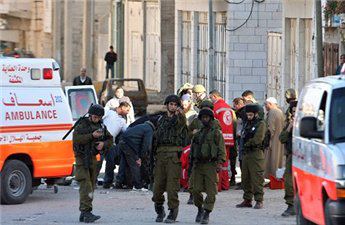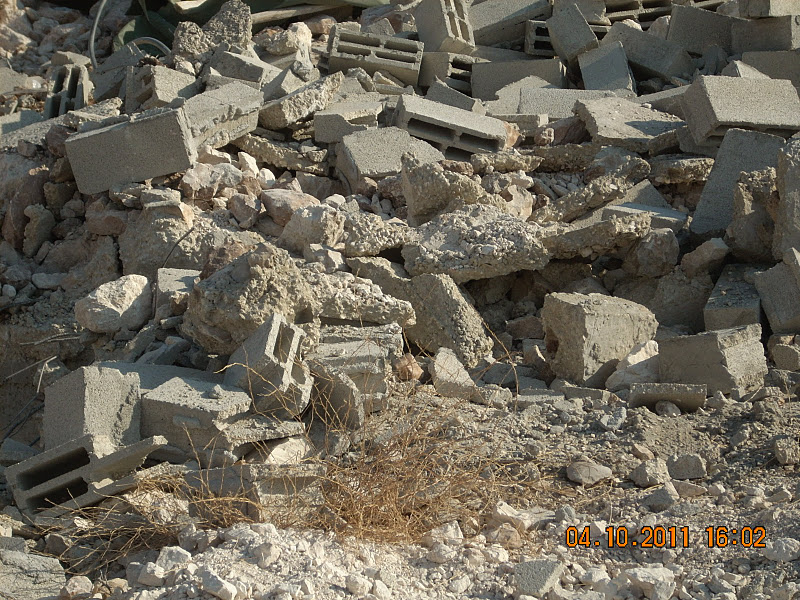Tag: Salfit
-
Father of 5 run over and killed by settler
by Thom Andrews 9 November 2011 | International Solidarity Movement, West Bank This afternoon, 45 year old Abdullah Mutaled Al-Mashni, father of 5, was run over and killed by an illegal settler. Whilst returning from collecting his olives, Abdullah was last seen riding his donkey back towards his village of Deir Istia – 7km northwest…
-
Settlers destroy natural spring used by Palestinians for farming near Salfit
International Solidarity Movement 8 March 2010 A group of Israeli settlers today destroyed a spring by the village of Qarawat Bani Hassan in the Salfit district. The settlers poured sand and cement into the spring, guarded by five armed members of the Israeli military. Palestinians from the village were forced to watch helplessly as events…


